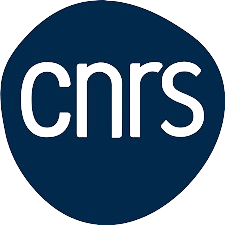COSI, the future gamma-ray space telescope selected by NASA
As part of its “Explorers” program, on October 18, 2021 NASA selected COSI (Compton Spectrometer & Imager) as the future space telescope, with a planned launch in 2025.

COSI is a Compton telescope designed to observe the sky in the gamma-ray photon range, between 200 keV and 10 MeV. The scientific objectives of COSI are in the fields of nuclear astrophysics and high energy phenomena. They consist in studying: the origin of positrons (antiparticles of electrons) which annihilate in our Galaxy, the nucleosynthesis of stars during and at the end of their life and the physics of compact objects.
This project, led by the Space Science Lab (SSL, University of California Berkeley, USA), will be equipped with 16 germanium detectors with capabilities of spatial localization of photon energy deposition to make spectra, images and measure the polarization of astrophysical sources.
IRAP, which has been collaborating on this project since the beginning of the year 2000 with the support of CNES, will participate in the scientific analysis and in the realization of the anticoincidence system of the COSI instrument.
Further Resources
- NASA Press Release : NASA Selects Gamma-ray Telescope to Chart Milky Way Evolution
- Website dedicated to the instrument : COSI, the Compton Spectrometer and Imager
- The contribution of IRAP to the COSI instrument
IRAP Contact
- Pierre Jean, pierre.jean@irap.omp.eu






